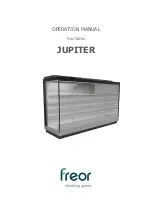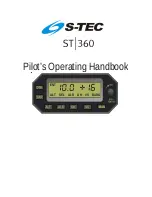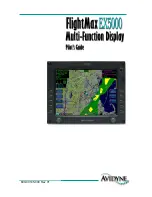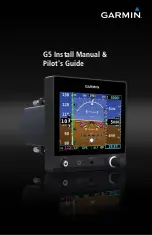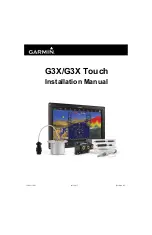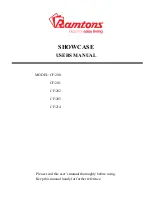
10
190-00607-02 Rev C
Detailed Operation
Tornadoes
There is no conclusive radar target return charac-
teristics which will identify a tornado, however, torna-
does may be present if the following characteristics are
observed:
• A narrow, finger-like portion, as shown on the
previous page, extends and, in a short time, curls
into a hook and closes on itself.
• A “hook” which may be in the general shape of
the numeral 6, especially if bright and projecting
from the southwest quadrant (northeast quadrant
in the southern hemisphere) of a major thunder-
storm moving eastward.
• V- shaped notches
• Doughnut shapes.
These shapes do not always indicate tornadoes,
nor are tornado returns limited to these characteris-
tics. Confirmed radar observations of tornadoes most
often have not shown shapes different from those of a
normal thunderstorm display.
Hail
Hail results from updrafts carrying water high
enough to freeze. Therefore, the higher the top of a
thunderstorm, the greater the probability that it con-
tains hail. The height can be determined by vertically
scanning the target return.
Hail usually has a film of water on its surface
making it’s reflective characteristics similar to a very
large water droplet. Because of this water film, and
because hail stones usually are larger than water drop-
lets, thunderstorms with large amounts of wet hail
return stronger signals than those with rain. Some hail
shafts are extremely narrow (100 yards or less) and
make poor radar targets. In the upper regions of the
cell, where ice particles are “dry” (no liquid coating),
target returns are less intense.
Hail shafts are associated with the same radar target
return characteristics as tornados. U-shaped cloud
edges 3 to 7 miles across can also indicate hail. These
target returns appear quite suddenly along any edge
of the cell outline. They also change in intensity and
shape in a matter of seconds, making vigilant monitor-
ing essential.
Radar

































